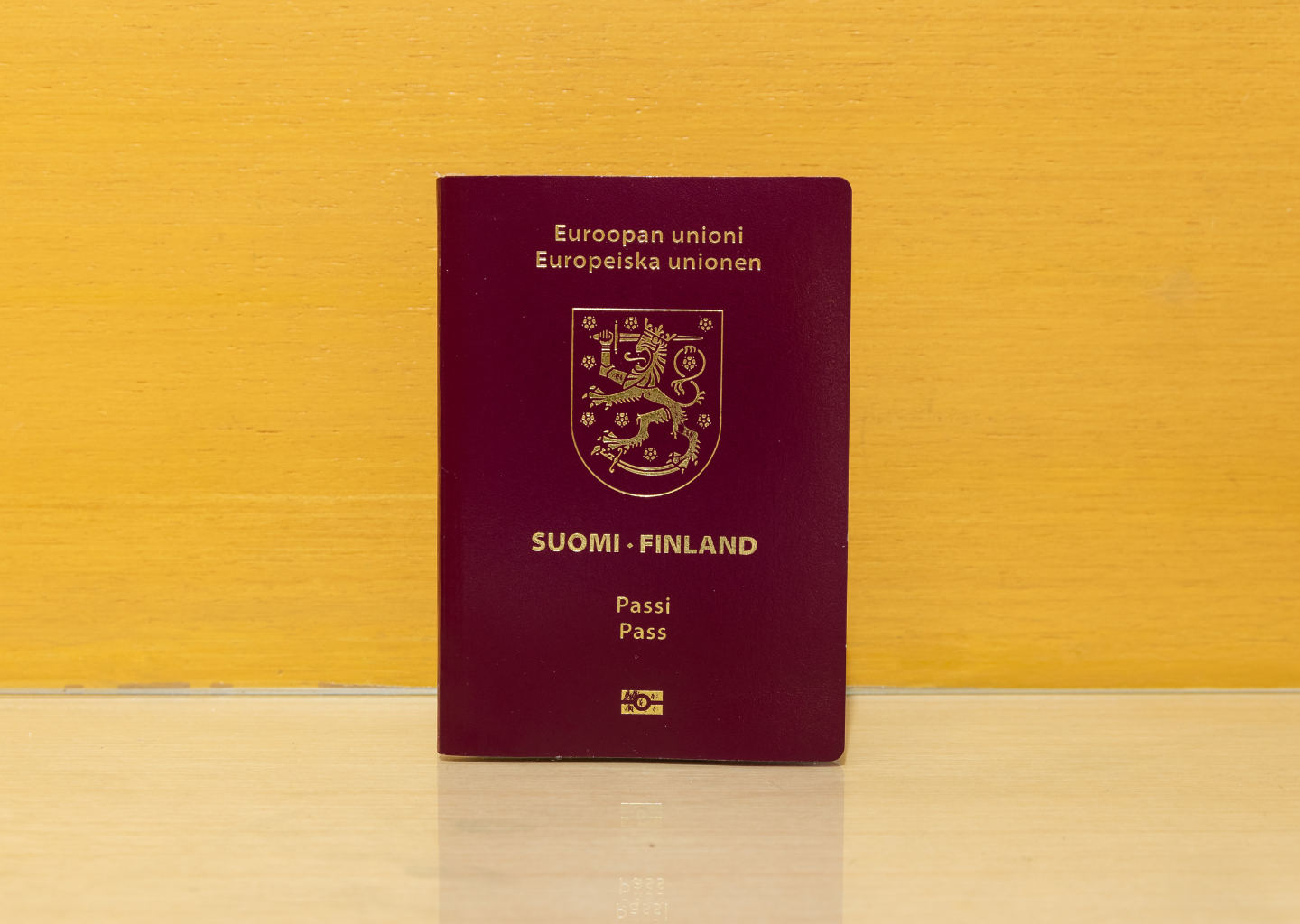Ready to pass the YKI Finnish test at B1 level? If you’re aiming for Finnish citizenship (which requires B1.1), a job, or just want to say “Puhun suomea” with confidence, the intermediate YKI test is your hurdle. It’s not easy—Finnish grammar and those long words can feel brutal—but it’s totally doable with the right prep. Here are five essential tips to help you ace the YKI Finnish test at B1 and get that certificate in hand!
1. Master the Core Grammar Basics
Finnish grammar is famous for its cases (15 of them!), but at B1, you don’t need them all—just the essentials. Focus on:
- Present Tense: “Minä puhun suomea” (I speak Finnish)—nail verb conjugation (e.g., puhua > puhun).
- Past Tense: “Minä puhuin eilen” (I spoke yesterday)—add -i- or -si- to stems (e.g., ostaa > ostin).
- Partitive Case: “Ostan ruokaa” (I buy food)—used for incomplete actions or amounts. It’s everywhere in YKI tasks.
Practice with short sentences daily—write five each morning, like “Minä juon kahvia” (I drink coffee). Use a grammar book like Finnish: An Essential Grammar or free sites like Uusi Kielemme. B1 doesn’t demand perfection—clear communication wins.
2. Build a 2,000-Word Vocabulary
At B1, you need ~2,000 words for everyday life—family, work, shopping, hobbies. Start with high-frequency words:
- “Työ” (work), “perhe” (family), “kauppa” (shop), “ystävä” (friend).
- Verbs: “olla” (to be), “tehdä” (to do), “mennä” (to go).
Make flashcards (Quizlet or Anki) with examples—“Minulla on työ” (I have a job). For YKI listening and reading, learn connectors like “mutta” (but) and “koska” (because)—they pop up in texts and audio. Aim for 20 new words a week; in three months, you’re test-ready.
3. Practice Writing Short Emails
The YKI writing section at B1 asks for ~80–100 words—often an email or message. Common tasks: invite a friend to dinner, ask about a lost item, or thank someone. Here’s a sample:
- “Hei Anna, tuletko meille syömään lauantaina? Teen pizzaa. Ole täällä klo 18. Tervetuloa!” (Hi Anna, will you come to our place to eat on Saturday? I’ll make pizza. Be here at 6 PM. Welcome!)
Tips:
- Keep it simple—short sentences, basic vocab.
- Use greetings (“Hei”), closings (“Terveisin”), and polite phrases (“Kiitos!” = Thanks!).
- Write one daily—10 minutes tops. Check samples at Oph.fi to match the style.
4. Train Your Ear with Finnish Audio
Listening at B1 means catching slow, clear speech—think radio ads or simple conversations. The YKI audio might ask, “Where’s the bus stop?” or “What time does the shop close?” To ace it:
- Listen Daily: Try Yle Areena (free podcasts) or Radio Suomi—15 minutes of news or chit-chat.
- Focus on Endings: Catch -t (plural), -n (possession)—“Koirat ovat täällä” (The dogs are here).
- Repeat: Replay clips, jot down keywords (e.g., “bussi,” “aika”).
Start with subtitles if needed, then go audio-only. Your goal: understand the gist, not every word.
5. Speak Up—Even Solo
The B1 speaking test is a short interview—describe a photo, answer questions (“Mitä teet työssäsi?” = What do you do at work?), or role-play (e.g., booking a ticket). Prep like this:
- Record Yourself: Answer “Mitä teit eilen?” (What did you do yesterday?)—e.g., “Kävin kaupassa ja luin kirjaa” (I went to the shop and read a book).
- Key Phrases: Learn “Minusta tuntuu” (I feel), “Haluan sanoa” (I want to say)—they fill gaps.
- Find a Partner: Use Italki or local language cafés for 1–2 sessions a week.
Mistakes are okay—B1 wants fluency over accuracy. Practice 10 minutes daily; confidence is half the battle.
Bonus: Know the Test Day
Register at Oph.fi (spots fill fast—next 2025 dates likely April or October). Bring ID, arrive early, and relax—B1 isn’t a native-level grill. Each section’s passable if you hit B1.1 or higher—plenty for citizenship.
Ready to Pass YKI Finnish at B1?
These five tips—grammar, vocab, writing, listening, speaking—cover the YKI Finnish test’s B1 demands. Start today: write an email, learn 10 words, listen to Yle. With 3–6 months of steady prep, you’ll walk in ready. Need more YKI Finnish tips or practice? Stay tuned to YKIFinnish.fi—we’ve got your back!


